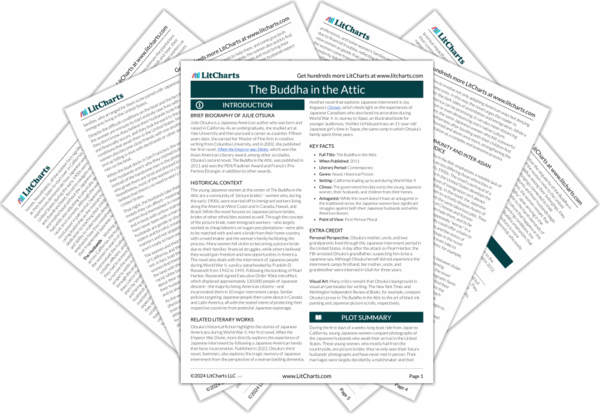The intense camaraderie that the women experience on their journey make the boat feel like a separate entity from both Japan and the United States—a haven for the women to be their most honest selves. In this small bubble of safety, the women are free to explore their new independence: they’re momentarily not tied to their families back home, and they still have time before they begin their lives with their husbands. Here, the level of intimacy that some of the women achieve with one another seems to exceed that of friendship, though it’s not outwardly stated that queer relationships form. Either way, the camaraderie and connection that the women experience at this point in the journey is noteworthy, especially because the women are unsure of the level of community that they’ll have access to in the United States.
